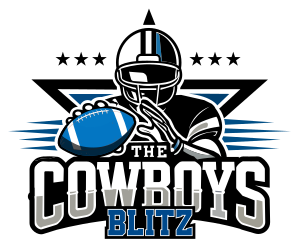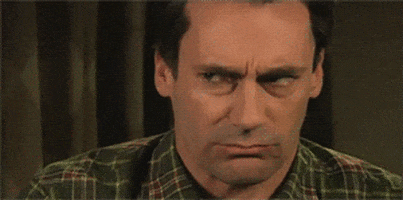JD_KaPow
jimnabby
- Messages
- 11,072
- Reaction score
- 10,836

There are a number of things here that are getting mixed together.
Is the offense helping the defense?
How could the offense help the defense? Two ways I can think of. (1) Longer offensive drives means fewer defensive drives per game, which, all else being equal, should translate to fewer points allowed per game. (2) Fresher defense, which, if true, should translate into fewer yards, points, 1st downs given up when the opponents do have the ball.
What do the numbers say? The opponents are indeed running fewer drives, about one drive per game fewer, than last year. This is despite the fact that we've turned the ball over at a higher rate this year. So yes, our increased time of possession seems to be translating into fewer defensive drives. Also, the drives the opponents do have are shorter (5 fewer yards per drive) and less productive (0.6 fewer points per drive). So that's happening too. Which leads to the next question:
What is the defense doing better this year?
They're not giving up fewer yards per play: in fact, that number hasn't changed. We're actually worse on starting line of scrimmage, meaning the opponents haven't had as far to go to score. But despite the yardage numbers, we've allowed fewer first downs and fewer points per drive. Part of that is that we get takeaways at a little big higher rate. But most of it is just stopping the other team from converting 1st downs. Which leads to the final question:
Is it sustainable?
I tend to doubt it. I don't think we can keep up giving lots of yards/play and yet continue to make the timely stops that end drives. We know that third-down stats that are way out of whack with 1st- and 2nd-down stats tend to regress to meet them over time. I don't believe the team has some special ability to give up lots of yards and yet clamp down "when it matters". Too many teams have seemed to be like that, only to have that special ability disappear, because it wasn't really an ability to begin with. I expect that discrepancy to fade away.
On the other hand, the defensive talent may improve with guys coming back, so maybe we'll actually start playing better and everything will balance out.
Is the offense helping the defense?
How could the offense help the defense? Two ways I can think of. (1) Longer offensive drives means fewer defensive drives per game, which, all else being equal, should translate to fewer points allowed per game. (2) Fresher defense, which, if true, should translate into fewer yards, points, 1st downs given up when the opponents do have the ball.
What do the numbers say? The opponents are indeed running fewer drives, about one drive per game fewer, than last year. This is despite the fact that we've turned the ball over at a higher rate this year. So yes, our increased time of possession seems to be translating into fewer defensive drives. Also, the drives the opponents do have are shorter (5 fewer yards per drive) and less productive (0.6 fewer points per drive). So that's happening too. Which leads to the next question:
What is the defense doing better this year?
They're not giving up fewer yards per play: in fact, that number hasn't changed. We're actually worse on starting line of scrimmage, meaning the opponents haven't had as far to go to score. But despite the yardage numbers, we've allowed fewer first downs and fewer points per drive. Part of that is that we get takeaways at a little big higher rate. But most of it is just stopping the other team from converting 1st downs. Which leads to the final question:
Is it sustainable?
I tend to doubt it. I don't think we can keep up giving lots of yards/play and yet continue to make the timely stops that end drives. We know that third-down stats that are way out of whack with 1st- and 2nd-down stats tend to regress to meet them over time. I don't believe the team has some special ability to give up lots of yards and yet clamp down "when it matters". Too many teams have seemed to be like that, only to have that special ability disappear, because it wasn't really an ability to begin with. I expect that discrepancy to fade away.
On the other hand, the defensive talent may improve with guys coming back, so maybe we'll actually start playing better and everything will balance out.




